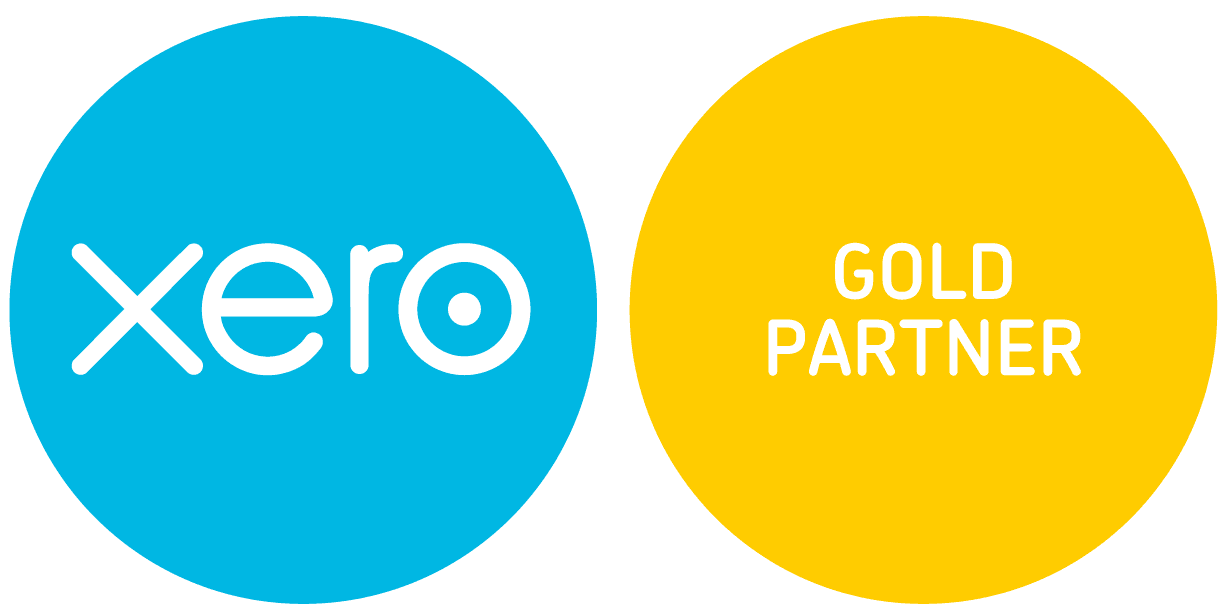Finding the best tax structure for your investments

When looking to invest, choosing the right tax structure to manage the investment(s) is not always an easy process. However, it is important to determine which structure will be most beneficial for your needs. Key considerations for this include your long term goals for the investment(s) and your financial situation over the next 10, 20 or 30 years.
The two most common investments that can be held for the long term are in shares and property. So, what is the best tax structure to manage these investments? In this article we discuss common types of tax structures, along with advantages and disadvantages each can present:
Individual
The first option is to hold the investment(s) is an individual’s name or jointly held with your spouse.
Advantages
- No new entity set up costs.
- Ongoing administration costs are minimised as income and expenses are reported to through individual tax returns.
- If the investments are to be held long term and potentially sold in retirement when no longer earning wage income, you may be able to effectively minimise capital gains tax implications anyway.
Disadvantages
- Once the investment is purchased by the individual(s) and working on the assumption it goes up in value, it cannot be easily transferred to a better tax structure later without likely incurring capital gains tax at time of transfer.
- You are locked in to reporting income/expenses and any future capital gains based on original ownership percentages i.e. if 50/50 ownership with spouse at purchase date, this cannot be changed.
- It can result in more administration costs when working through estate matters. Assets may not be easily transferrable to estate beneficiaries.
Trust
Another option is to use a trust structure to hold the investment(s).
Advantages
- Provides flexibility with sharing income and capital gains to most tax effective individual in the family (note there are restrictions around minors and sometimes adult children beneficiaries). This is particularly important if you are unsure of future earning capacity of individuals in a number of years’ time.
- It provides a greater degree of asset protection if running a business in a separate entity.
- If the plan is to hold the investment(s) and pass on to children, it simplifies estate matters and transferring ownership at that time, especially if using a corporate trustee.
- Capital gains distributed to individuals will receive the 50% discount provided the investment is held for more than 12 months.
Disadvantages
- A trust structure incurs more ongoing costs, as a set of financial statements and tax return needs to be prepared each year. Will the investment growth and flexibility with income generation offset these additional costs?
- Any earnings each year need to be distributed to an individual and if you and/or your spouse are already high-income earners, there may be minimal tax savings presented.
Finally, in limited circumstances a company may be used to hold an investment(s) but overall, this is generally not an ideal tax structure. This is largely due to the company not being eligible for the 50% discount on capital gains amounts and there can be restrictions around accessing investment earnings, unless paid to an individual. This option can be useful for high wealth individuals looking to minimise personal taxable income while still growing their investment portfolio.
There is very rarely an obvious choice on the best tax structure to holding investments, as this is determined by your specific circumstances. We hope this summary provides key information for you to consider for future investment opportunities.
If you wish to discuss this further, please contact us.
Please remember, we are not financial advisors and this content is not intended as financial advice. We recommend consulting with your financial advisor for further advice about your specific circumstances.



